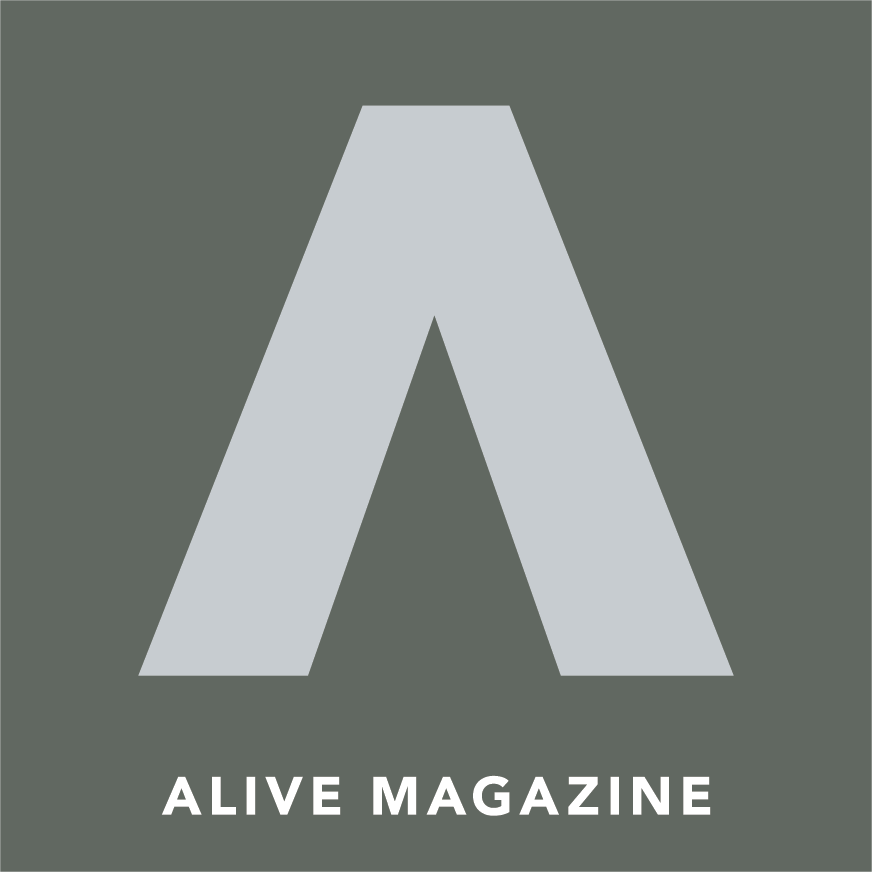Lauren Michelle Tracy, Forging Ahead As Artist and Maker
Lauren Michelle Tracy
Lauren Michelle Tracy 2
Indigo, a color that bewitches the eye like the windows of the Chartres Cathedral or the sea on a clear day, was originally discovered in the Indus Valley. Its early use dates back some 5,000 years ago, when Mesopotamians began using the dye for record-keeping on tablets. The name was originally “nila,” meaning “dark blue.” St. Louis-based artist Lauren Michelle Tracy works in indigo and batik, a method using wax-resistant dyes applied to cloth. Her method results in quirky, beautiful objects and art that still reckon with the diverse histories of millennia-old traditions. Recently, Tracy returned to her roots in St. Louis working out of a studio in the Lemp Brewery, where she makes scarves, pillows and custom designs. I had the chance to talk with the artist and discuss what inspires her.How did you get your start using indigo and batik?I rediscovered indigo dye and created a line of indigo and batik designs as my first endeavor after moving back home. I designed pillows and scarves using large sheets of graph paper, which I had never done before. I think the structure and symmetry of those patterns felt safe, and somehow helped to organize my ideas. When it came time to put names to the designs, I found similarities between certain tribes and what I had made, which I thought was very cool—I wanted to give credit respectfully. Finding a connection to makers from the past and learning the stories attached to fabrics is so special. I feel I am contributing to the next chapter, and building on what has already been written.Walk me through a typical day at your studio in Lemp Brewery.Usually it is a few hours before and after work, or a cherished full day. I work at Elaia, the fine-dining restaurant, full time as a server. I’m usually rushing to get things done while allowing time for scrubbing dye off my hands and trying not to be late for meals with family. My favorite time is the late afternoon on a day off, when the sun is shining hard through the windows. I turn on my wax pot so that it is melting while I take inventory of what needs to come next. Batik is a multi-step process, so there are usually silks in several stages of completion. I might stretch silk, batik, add color, steam scarves, hand-wash them, make tags, order supplies, draw new designs or clean up. Sometimes I listen to KDHX or shuffle a very outdated library of music from an iPod or my computer. Sometimes I sing. Lately, I have been enjoying working without music, just listening to the sounds of the street and water bubbling in the wax pot. It also helps me be aware of adjusting the heat of the wax. During late nights, I would likely put on a stack of records and sit down at my sewing machine.How did you get your start making commissioned work?I was making everything from scarves to dinner menus. The biggest project came from a customer at a restaurant where I used to work. He commissioned me to create a giant screen-printed triptych on silk based on photographs he had taken of the new and old Mississippi River bridges in Cape Girardeau. In return, he offered to buy all the supplies I needed and pretty much outfitted my first studio.What drives you to be a working artist?I credit my strong desire, faith in risk-taking and appreciation for unconventional living as the things that allow me to do what I do. I practice maintaining a vision of where I want to be artistically, while remembering how totally lucky I am to be doing what I’m doing.What are some recent developments and highlights in your world these days?Recently, I was invited to showcase a line of clothing in The Factory Fashion Show curated by Kristen Johnson. I have never identified as a fashion designer and decided to just say “Yes.” The experience was such a gift. My work grew in a direction I may not have explored without the opportunity. The movement, time-based performance, collaboration and over-all energy at the show were so intoxicating. I loved connecting with my models, receiving their support and enthusiasm, and seeing my designs go live for the first time.Photograph by Attilio D'Agostino


